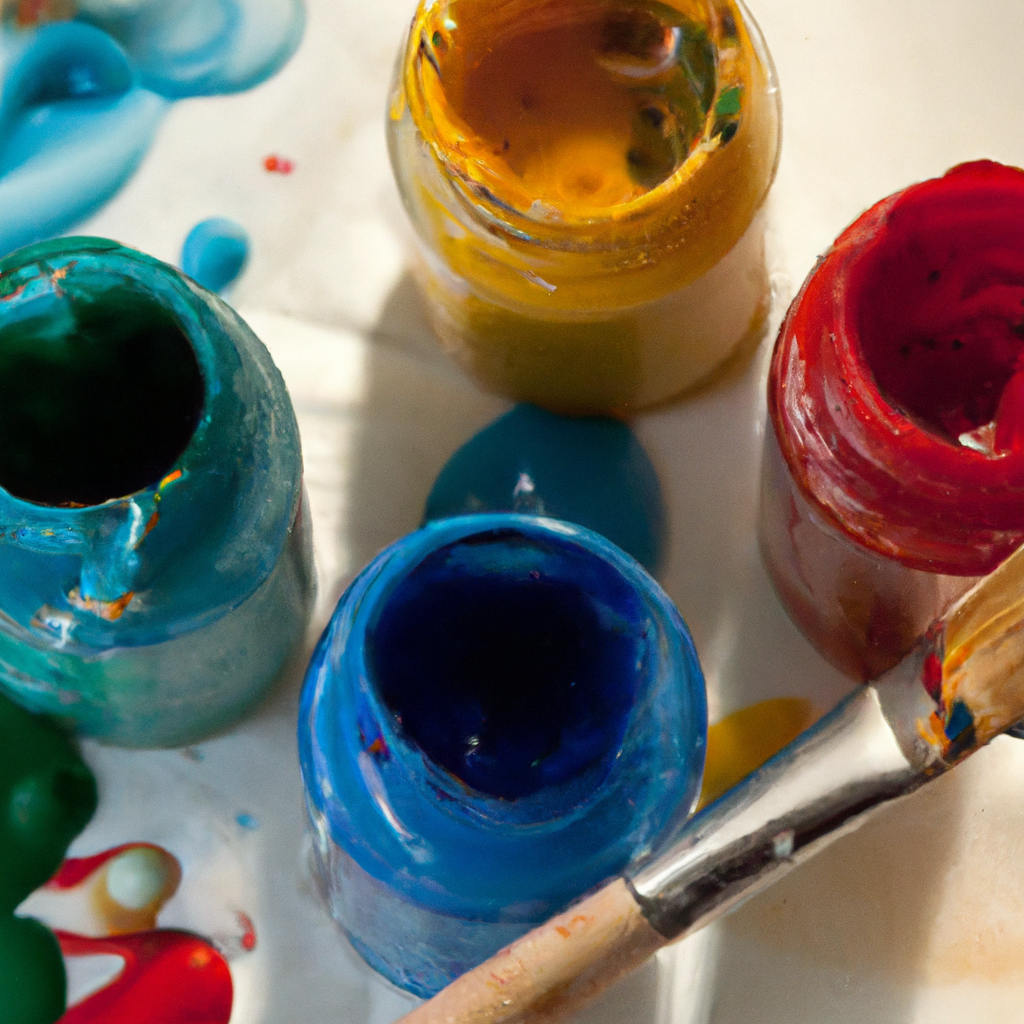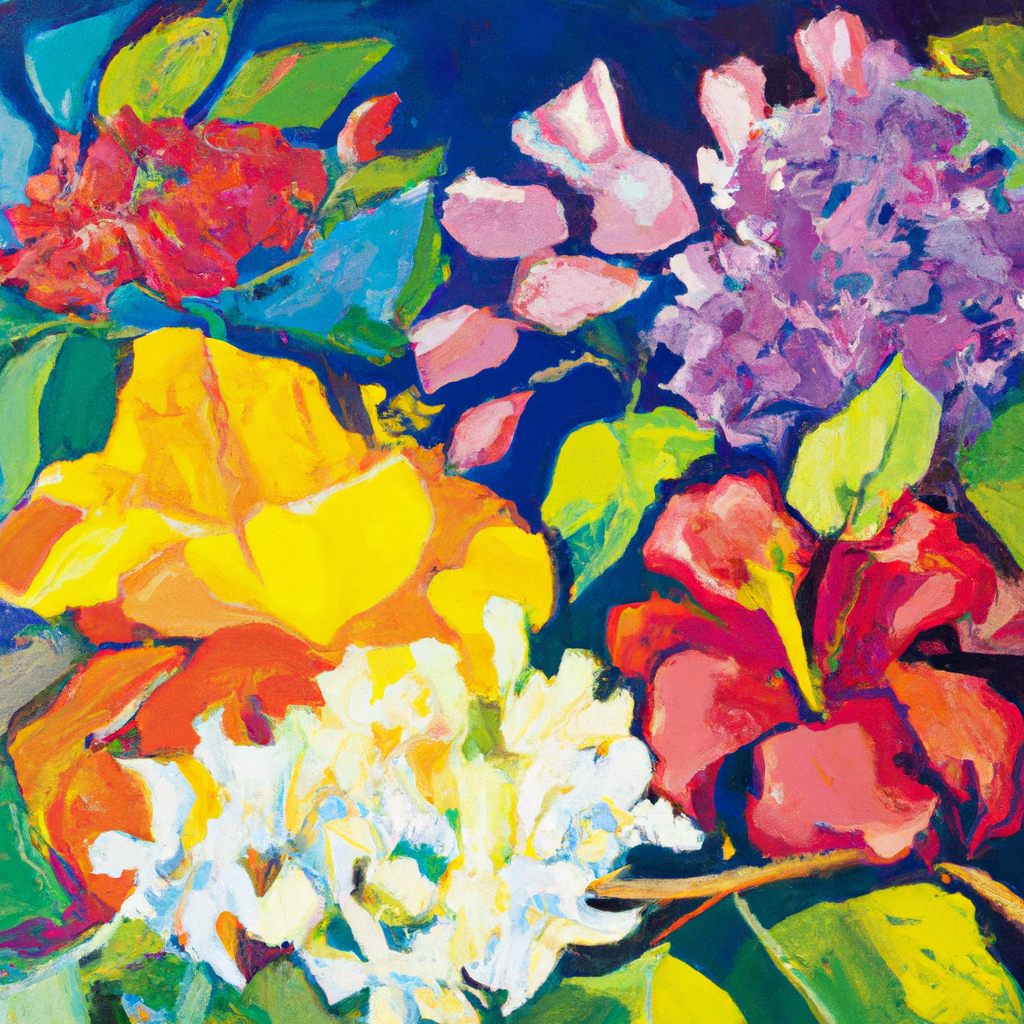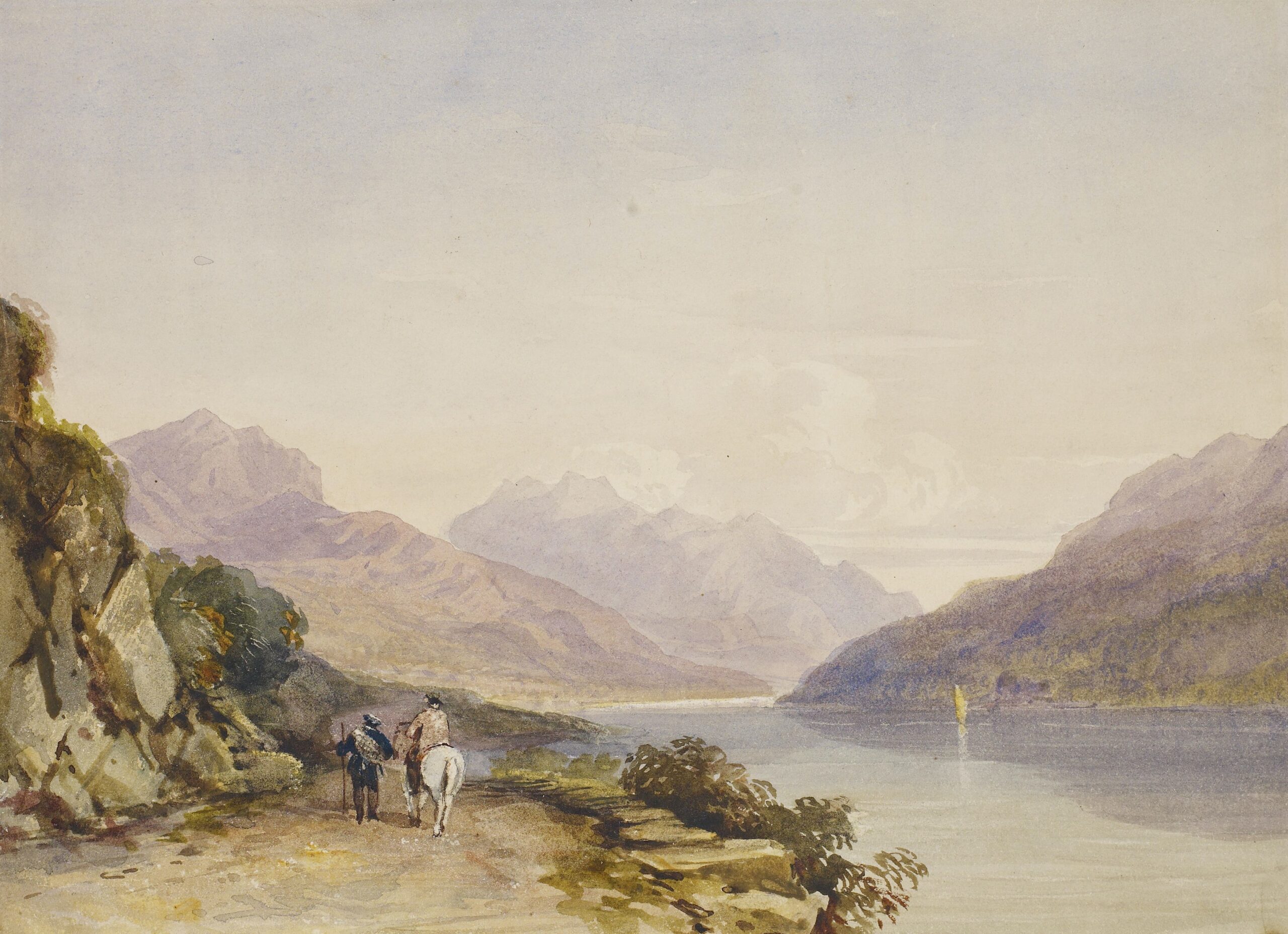In this article, you will discover a comprehensive guide on crafting your own gouache paint. Gouache, a versatile and opaque water-based paint, has gained popularity among artists due to its vibrant colors and ability to create flat and velvety opaque surfaces. By understanding the ingredients and step-by-step process, you will gain valuable insights on how to create your unique gouache paint, allowing you to experiment and enhance your artistic capabilities. So, let’s delve into the world of gouache paint and unlock your creative potential.

This image is property of images.unsplash.com.
Materials Needed
To make gouache paint, you’ll need the following materials:
Powdered Pigments
Powdered pigments are the key ingredients that give gouache paint its vibrant colors. Look for high-quality pigments that are specifically made for gouache, as they will provide the best results.
Binder
The binder is what holds the pigments together and allows them to adhere to various surfaces. Acrylic or gum arabic are commonly used as binders for making gouache paint.
Gum Arabic
Gum arabic is a natural resin that acts as a binding agent and enhances the flow and glossiness of gouache paint. It can be purchased in powder or liquid form.
Water
Water is needed to mix the pigments and create the desired consistency of the paint. Distilled water is recommended to avoid any impurities that could affect the paint’s quality.
Measuring Spoons
Measuring spoons are essential for accurately measuring the powdered pigments and binder. Use separate spoons for each ingredient to prevent contamination.
Palette Knife
A palette knife is used to mix the pigments and binder together. It helps to create a smooth and homogenous mixture.
Glass Mixing Palette
A glass mixing palette provides a smooth and non-porous surface for blending the pigments and binder. The transparency of the glass allows you to accurately assess the color and consistency of the paint.
Small Containers
Small containers are required to store the homemade gouache paint. Make sure the containers are airtight to prevent the paint from drying out.
Paintbrushes
Paintbrushes are necessary for applying the gouache paint to various surfaces. Choose brushes with different sizes and shapes to achieve different effects.
Palette
A palette is used to mix and blend the gouache paint colors. Choose a palette with wells or compartments to keep the colors separate and organized.
Preparing the Binder
Choose the binder
Depending on your preference, you can choose either acrylic or gum arabic as the binder for your gouache paint. Acrylic binder provides a more permanent and water-resistant result, while gum arabic offers a traditional and easier-to-rework option.
Measure the binder
Using your measuring spoons, carefully measure the specified amount of binder required for your desired batch size of gouache paint. Follow the manufacturer’s instructions for the appropriate ratio of binder to powdered pigment.
Mix the binder
In a small container, combine the measured binder with a small amount of water. Stir the mixture thoroughly until it reaches a smooth consistency. Make sure there are no lumps or clumps of binder remaining.
Mixing the Gouache Paint
Prepare the pigment
In a separate container, measure the desired amount of powdered pigment using your measuring spoons. Take care to accurately measure the pigment to ensure consistent color results.
Mix water with gum arabic
In a small container, mix the gum arabic with distilled water. Use a ratio of approximately one part gum arabic to two or three parts water, depending on the desired consistency of the paint.
Mix pigment with gum arabic solution
Gradually add the gum arabic solution to the powdered pigment, stirring continuously with a palette knife. Ensure that the pigment and gum arabic solution are thoroughly mixed to achieve a smooth and creamy texture.
Adjust consistency
If the gouache paint is too thick, gradually add water and mix well until the desired consistency is achieved. If the paint is too thin, add a small amount of powdered pigment and mix until the desired thickness is obtained.
Creating Different Shades
Adding white paint
To create lighter shades, add white gouache paint to the desired color. Start with a small amount and gradually increase until the desired shade is achieved. Mix it thoroughly to blend the colors evenly.
Mixing with other colors
Experiment with mixing different colors of gouache paint to create unique shades. Start with small amounts and mix them together, adjusting the proportions to achieve the desired color. Use a palette knife or a clean brush to blend the colors well.
Using water to dilute
If you want to achieve a more transparent or diluted effect, add a small amount of water to the gouache paint. Mix it gently to maintain the desired consistency while making the color more translucent.
Experimenting with different proportions
To create different tints and shades of a single color, experiment with varying the proportions of pigment, binder, and water. Small adjustments can make a significant difference in the final appearance of the paint.

This image is property of images.unsplash.com.
Storing Gouache Paint
Choose appropriate containers
Transfer the homemade gouache paint into small airtight containers to ensure its longevity. Choose containers that are made of a material that will not react with the paint, such as glass or plastic.
Label and date the containers
Properly label each container with the color name, date of creation, and any additional notes or instructions. This will help you identify the paint easily and keep track of its age.
Store in a cool and dry place
To prolong the shelf life of gouache paint, store it in a cool and dry place away from direct sunlight and extreme temperatures. Avoid exposing it to damp or humid environments, as this can cause mold growth or paint deterioration.
Tips and Safety
Use proper ventilation
When working with any art materials, including gouache paint, ensure that you are in a well-ventilated area. Proper ventilation helps minimize exposure to potentially harmful fumes or dust particles.
Wear protective gear
To protect yourself from any potential hazards, it is advisable to wear the appropriate protective gear while making or using gouache paint. This may include gloves, goggles, or a breathing mask, depending on your specific needs and preferences.
Work in a clean and organized space
Maintain a clean and organized workspace to ensure easy accessibility to materials and prevent any accidental contamination or spills. This will also help you stay focused and work efficiently.
Keep children and pets away
To ensure safety, keep children and pets away from the area where you are making or using gouache paint. Avoid leaving any materials unattended to prevent accidental ingestion or contact.
Dispose of waste responsibly
Dispose of any leftover paint, brushes, or containers in a responsible manner. Follow the local regulations for the disposal of hazardous or potentially harmful materials.

This image is property of images.unsplash.com.
Troubleshooting
Paint is too thick
If the gouache paint is too thick, gradually add small amounts of water and mix well. Adjust the water content until the desired consistency is achieved. Alternatively, you can add a bit more binder to thin out the paint.
Paint is too thin
To thicken the gouache paint, gradually add small amounts of powdered pigment and mix well until the desired consistency is achieved. Avoid adding too much pigment at once to prevent clumps or an uneven texture.
Paint is grainy
If the paint has a grainy texture, it may be due to inadequate mixing or the presence of impurities in the pigments. Strain the paint through a fine mesh sieve or muslin cloth to remove any particles and achieve a smoother consistency.
Colors are not vibrant
If the colors of your homemade gouache paint appear dull or lack vibrancy, consider using high-quality pigments or increasing the concentration of pigment in the paint mixture. Mixing in a small amount of white paint can also help enhance the vibrancy.
Opacity issues
If you desire more opacity in your gouache paint, increase the concentration of pigments and decrease the amount of binder and water in the mixture. Experiment with different ratios until you achieve the desired level of opacity.
Using Handmade Gouache Paint
Testing the paint
Before starting a new artwork, it is recommended to test the handmade gouache paint on a small area or piece of paper. This will allow you to examine its consistency, color, and behavior when applied.
Exploring different painting techniques
Gouache paint offers a wide range of possibilities in terms of painting techniques. experiment with layering, stippling, glazing, dry brushing, and other techniques to achieve different effects and textures.
Mixing colors on the palette
The palette serves as a mixing surface for blending different colors of gouache paint. Use a clean brush or palette knife to mix the colors thoroughly, ensuring that there are no streaks or uneven blends.
Layering and blending
Gouache paint is known for its ability to be layered and blended easily. Take advantage of this characteristic by building up layers of paint to create depth and dimension in your artwork. Use a soft brush or a dry brush technique to blend colors seamlessly.

Comparing Homemade and Commercial Gouache
Cost-effectiveness
Making your own gouache paint can be more cost-effective in the long run, as you can buy pigments in bulk and create larger quantities of paint at a lower cost per unit.
Customization options
Homemade gouache paint offers greater customization options compared to commercially available options. You have the freedom to mix and match pigments to create unique shades and adjust the consistency to your preference.
Quality and consistency
The quality and consistency of homemade gouache paint can vary depending on the quality of the pigments used and the ratio of binders and water. Commercial gouache paints are often formulated to provide consistent results and are extensively tested for quality.
Availability of colors
Commercial gouache paints offer a wide range of colors to choose from, including specialty shades and metallic finishes. While homemade gouache paint can be mixed to create a variety of colors, the selection may be more limited compared to commercially available options.
Suitability for specific techniques
Some artists may prefer commercial gouache paints for specific techniques or applications due to their unique properties and formulations. However, homemade gouache paint can be tailored to suit various techniques with experimentation and adjustments.
Conclusion
Making your own gouache paint can be an enjoyable and rewarding process. By following the steps outlined above and experimenting with different techniques, you can create a wide range of colors and achieve the desired consistency for your artwork. Whether you choose to use homemade or commercially available gouache paint, remember to practice proper safety precautions and enjoy the artistic possibilities that gouache has to offer.




